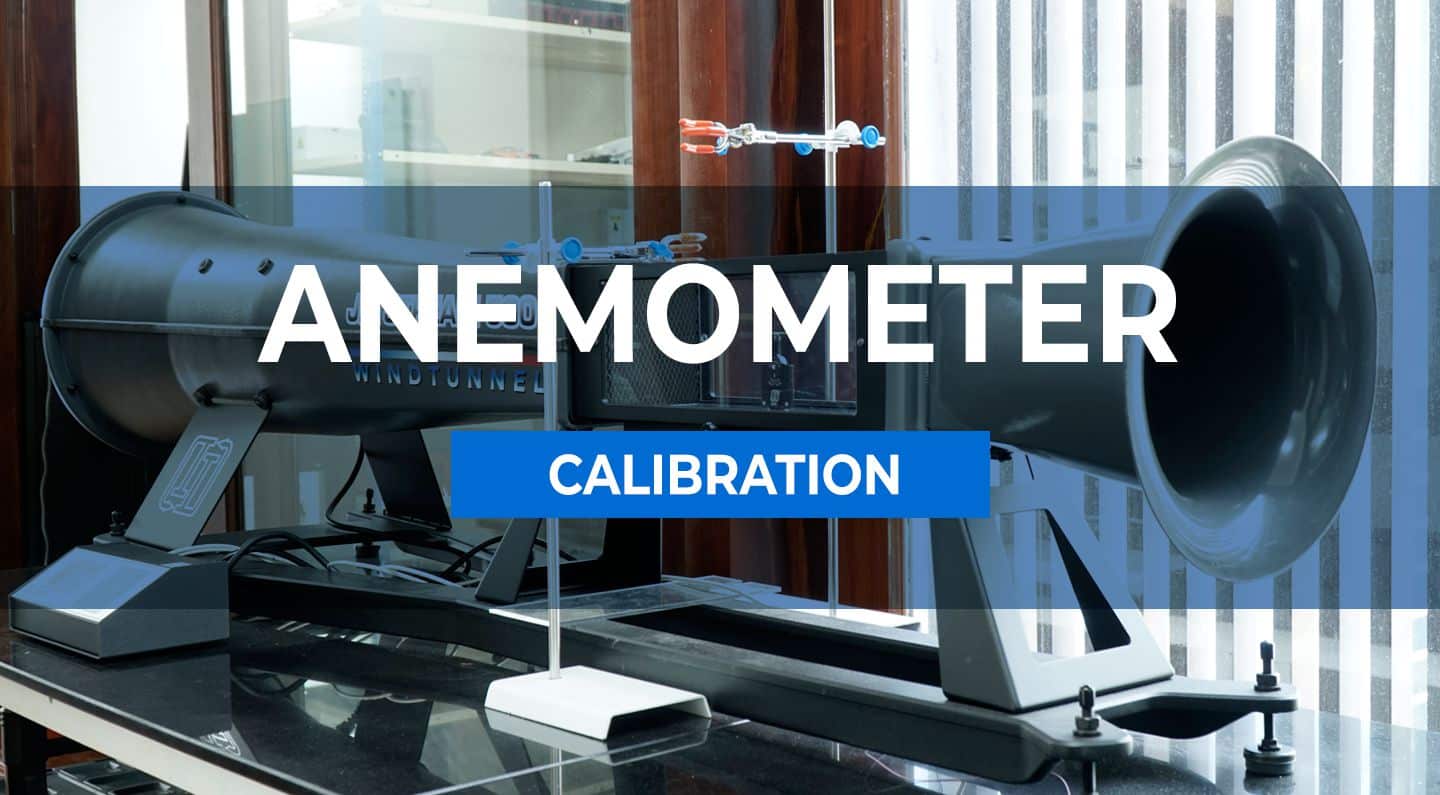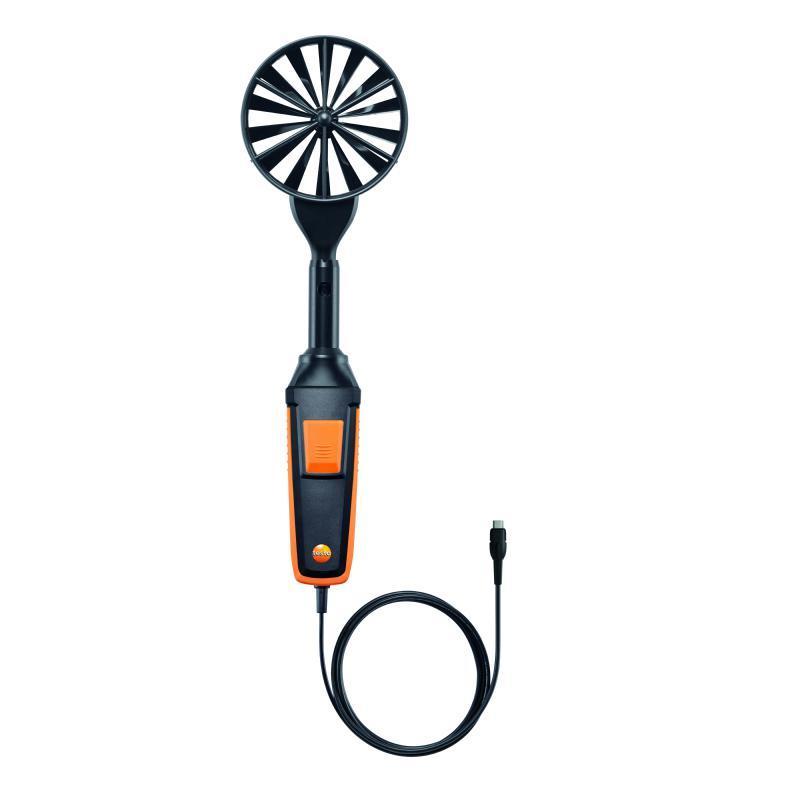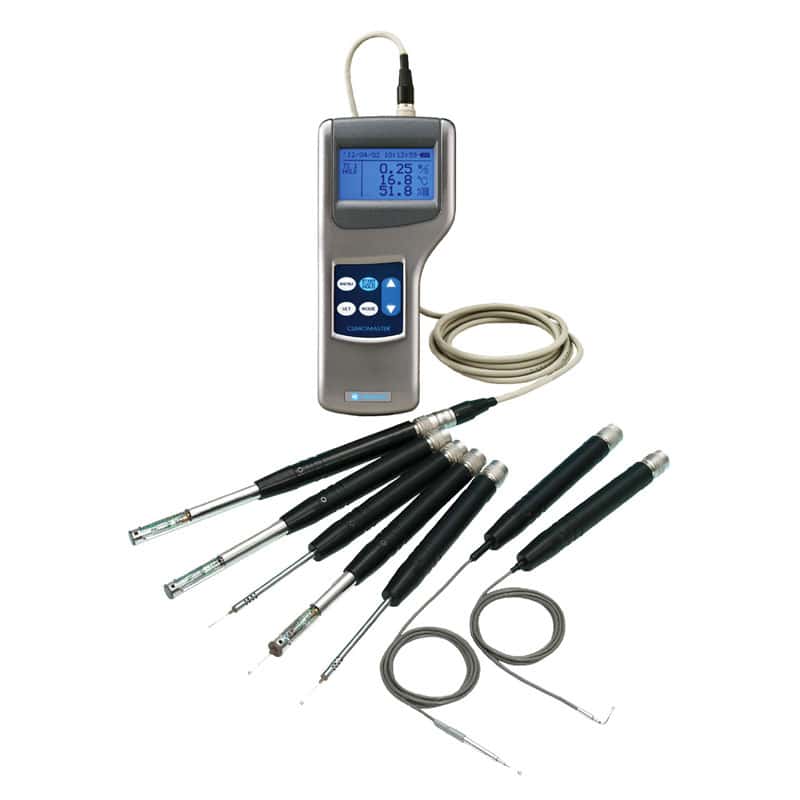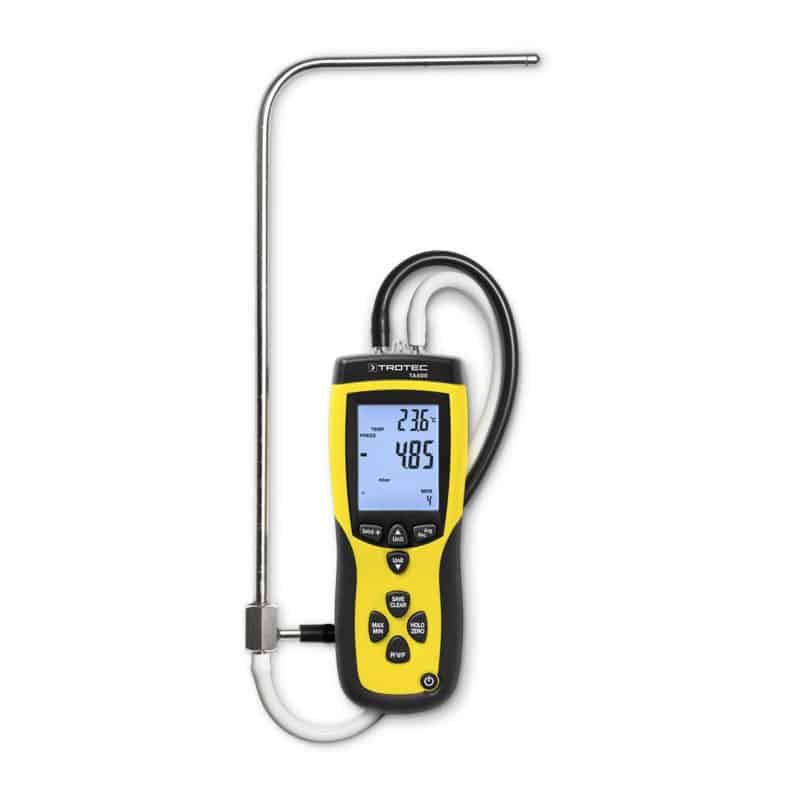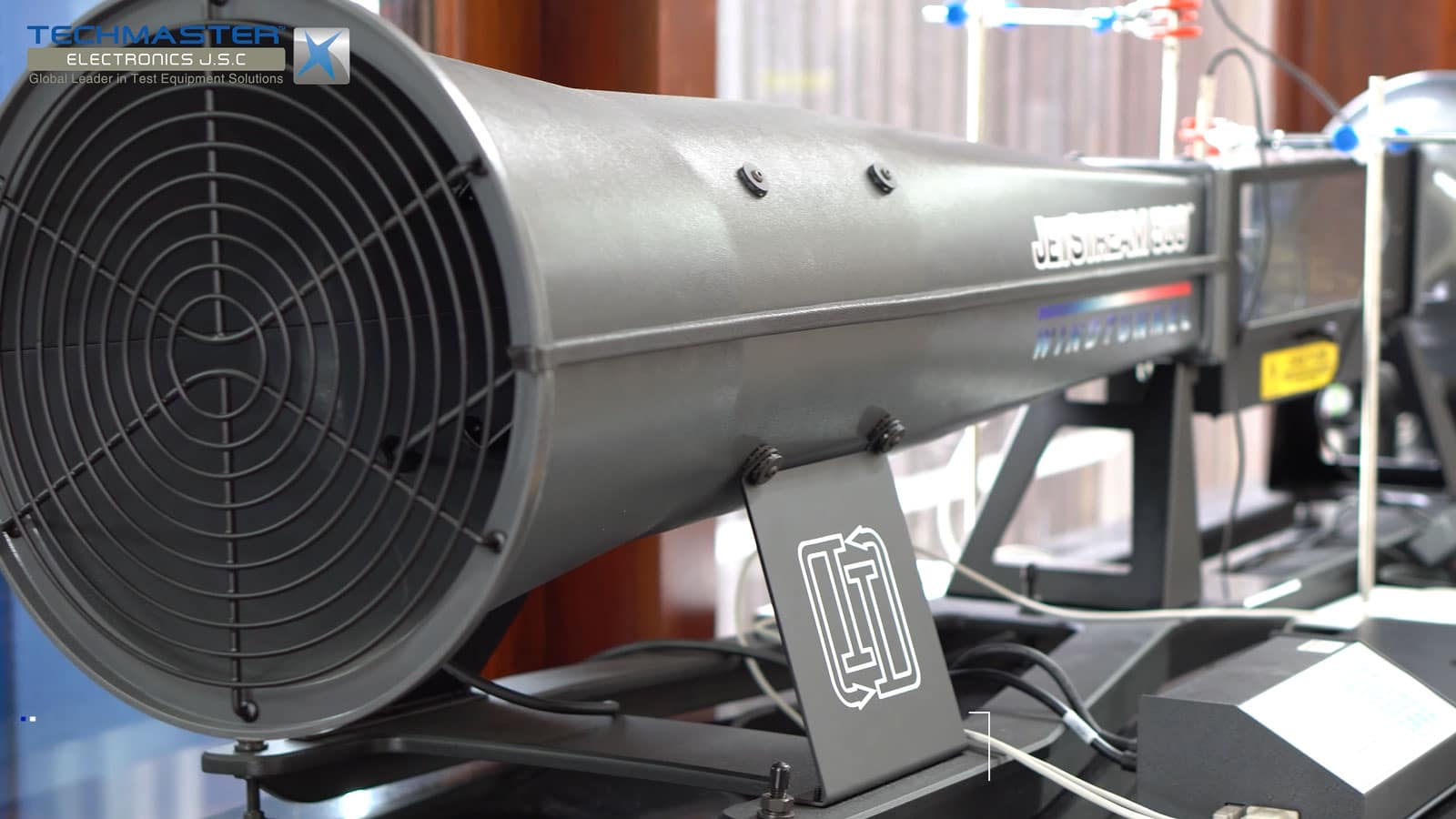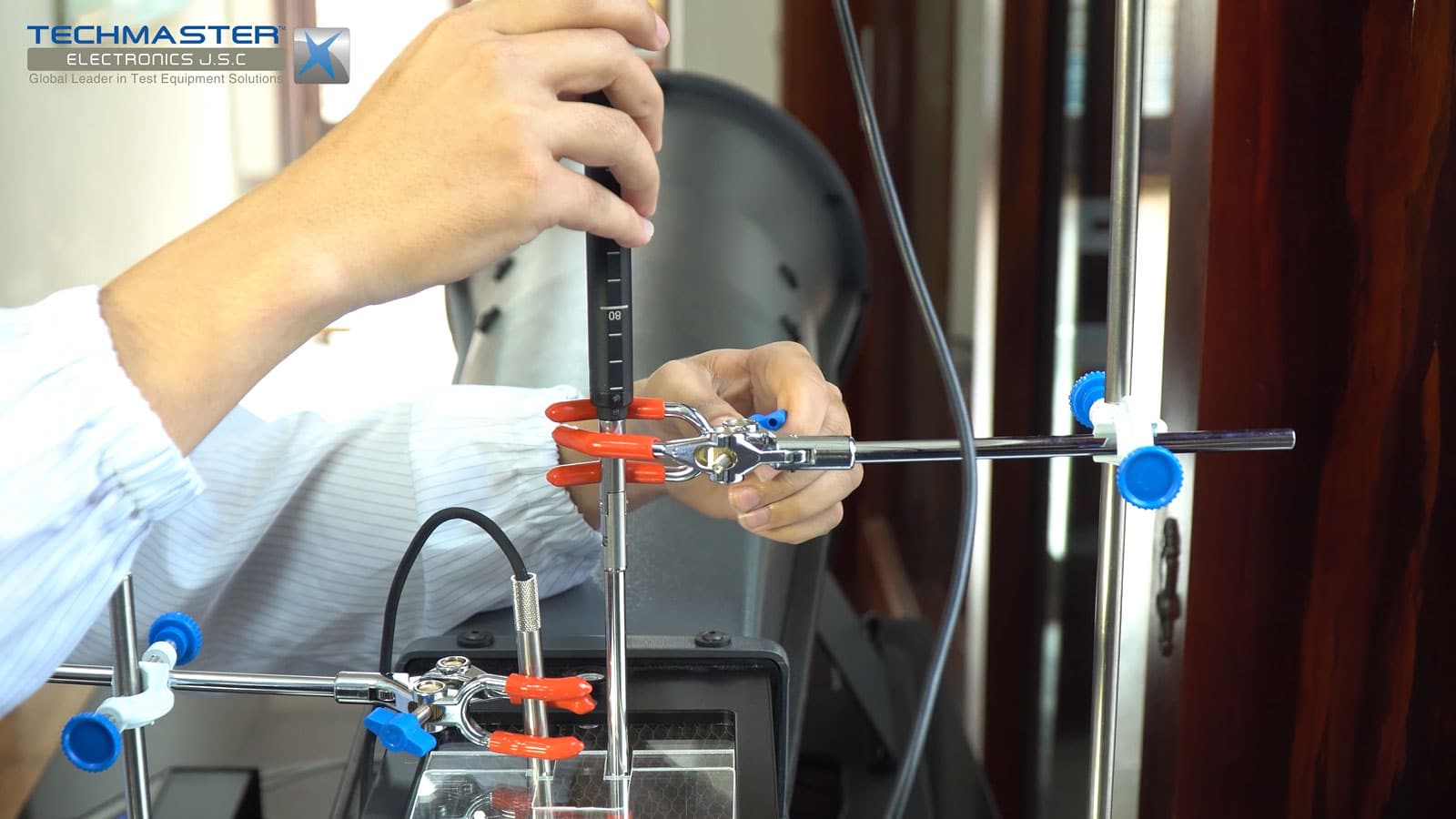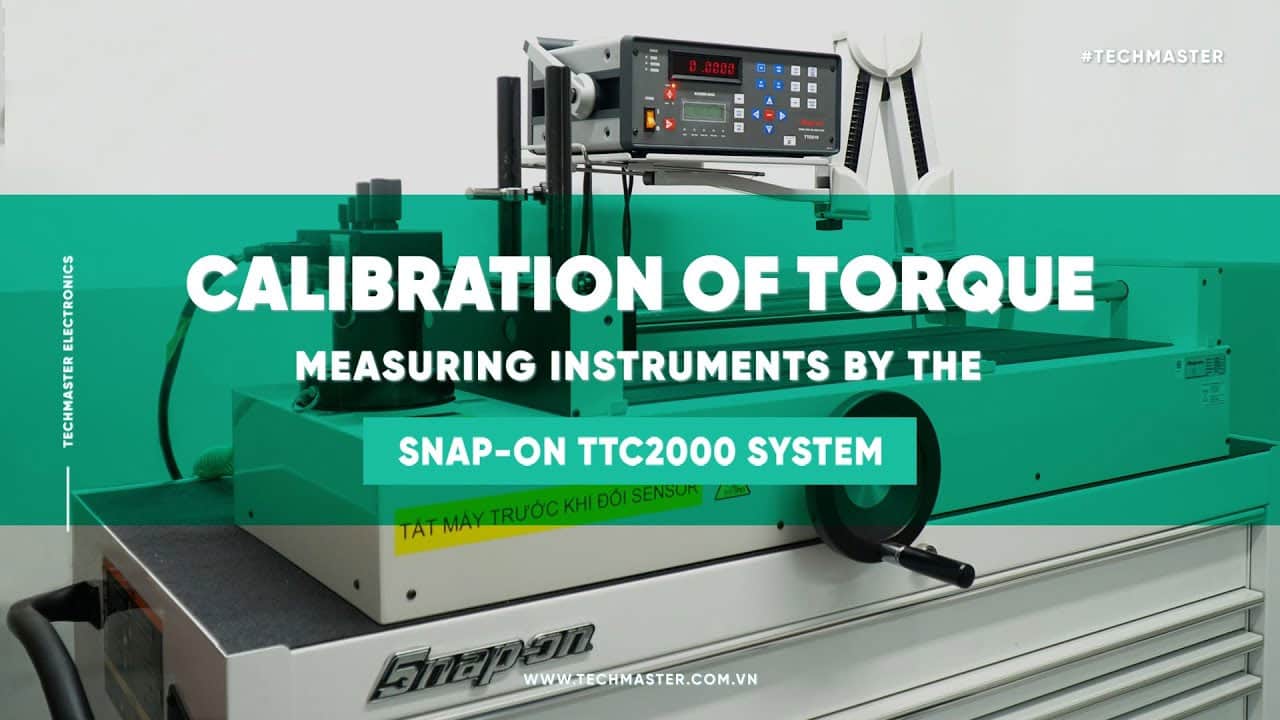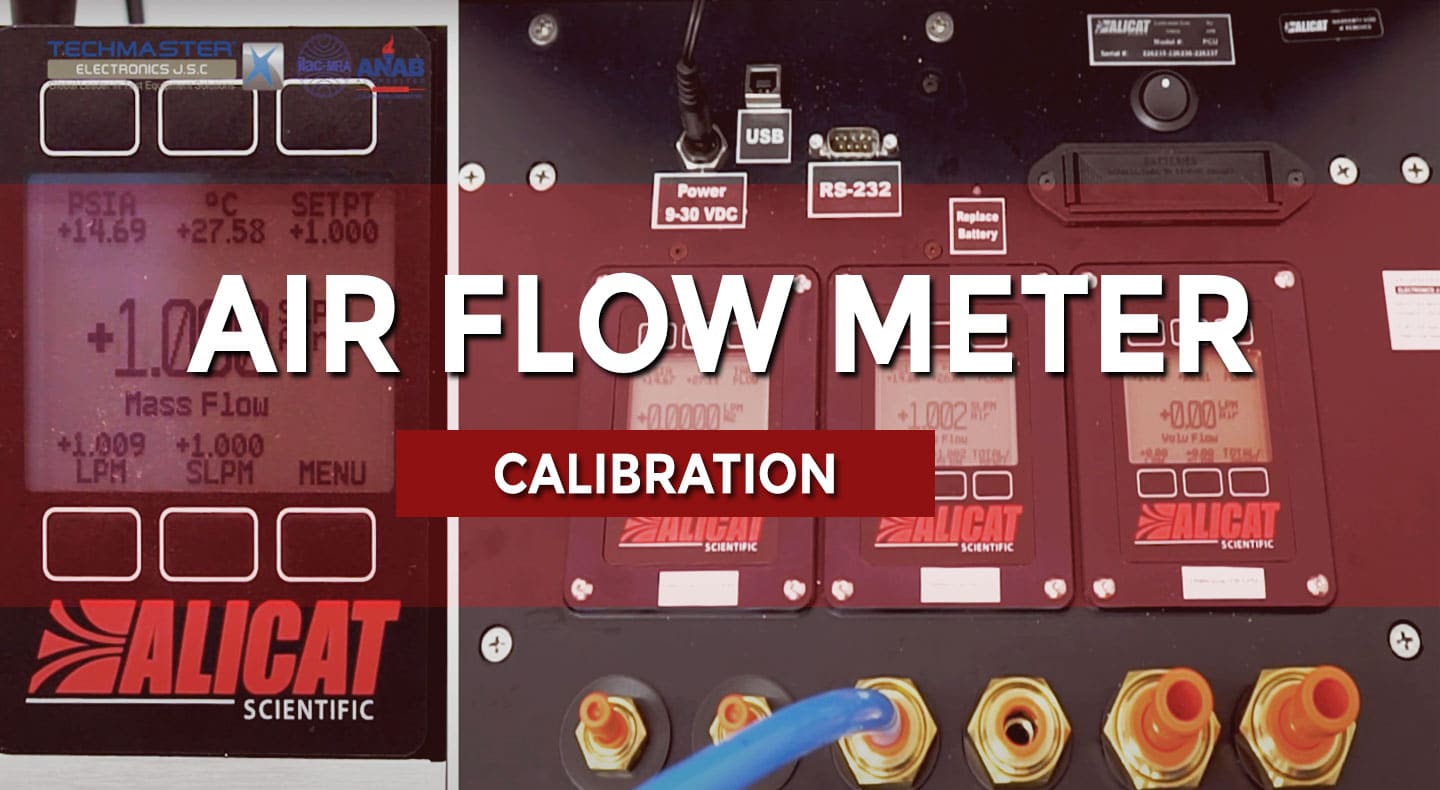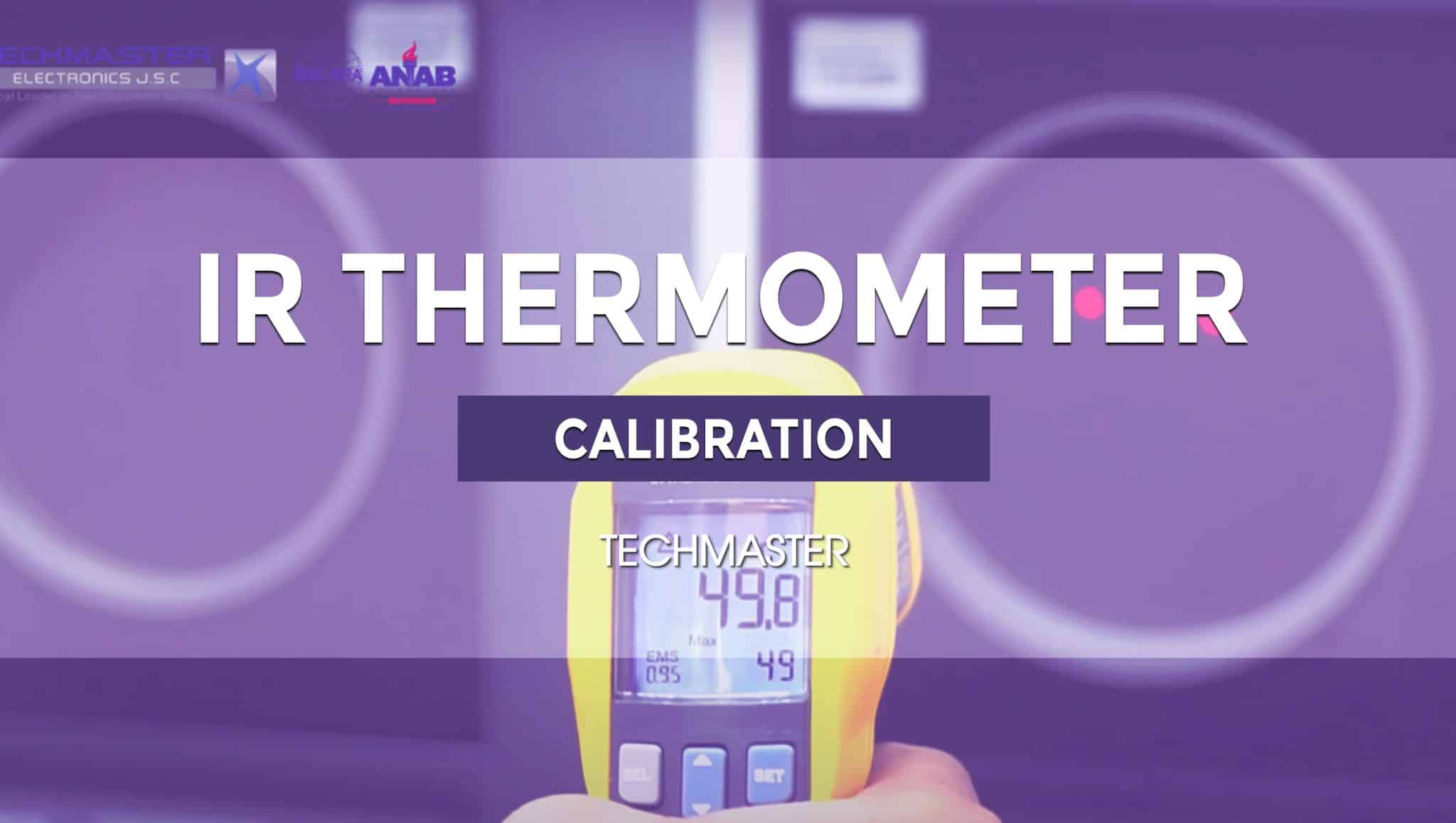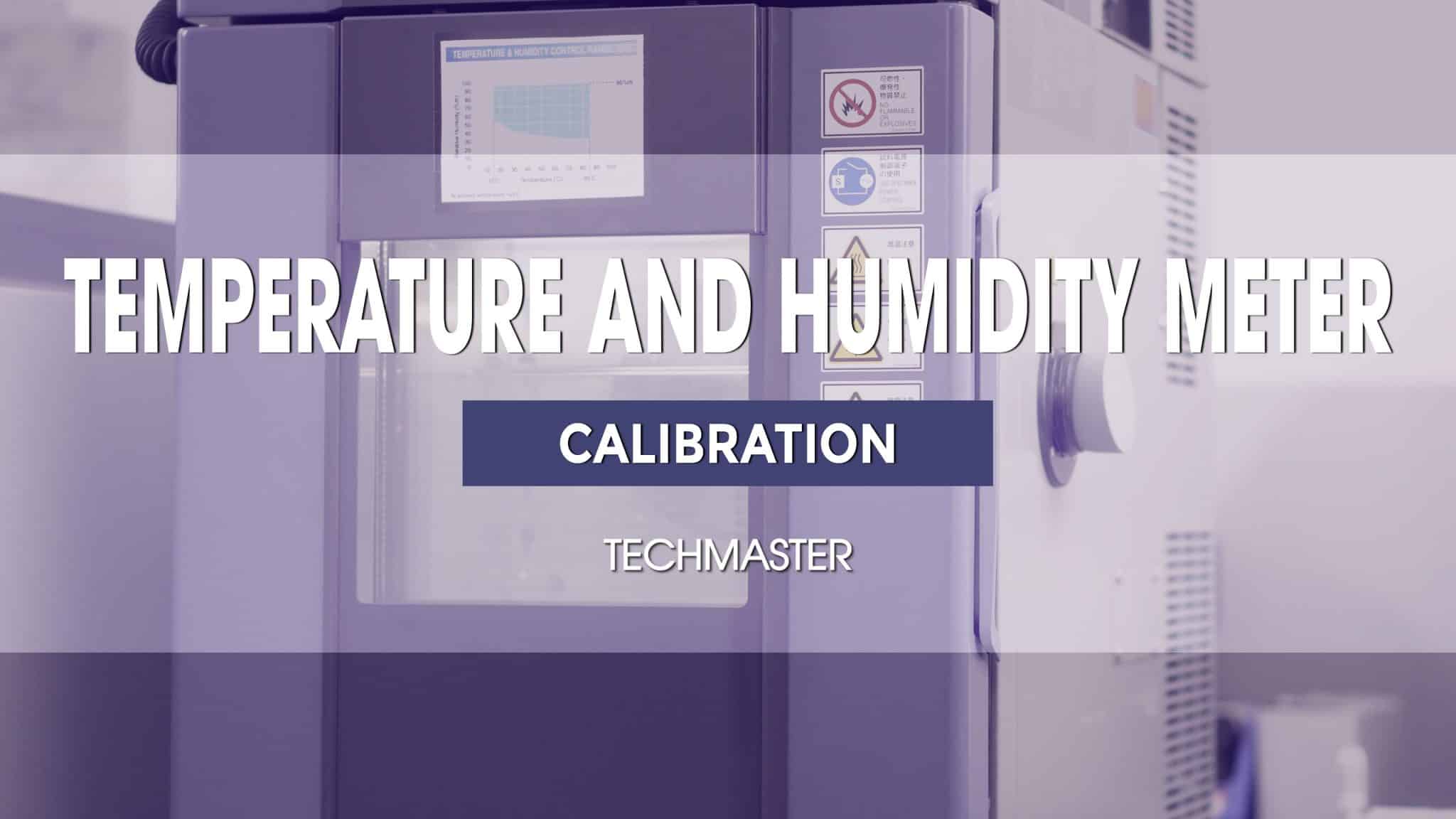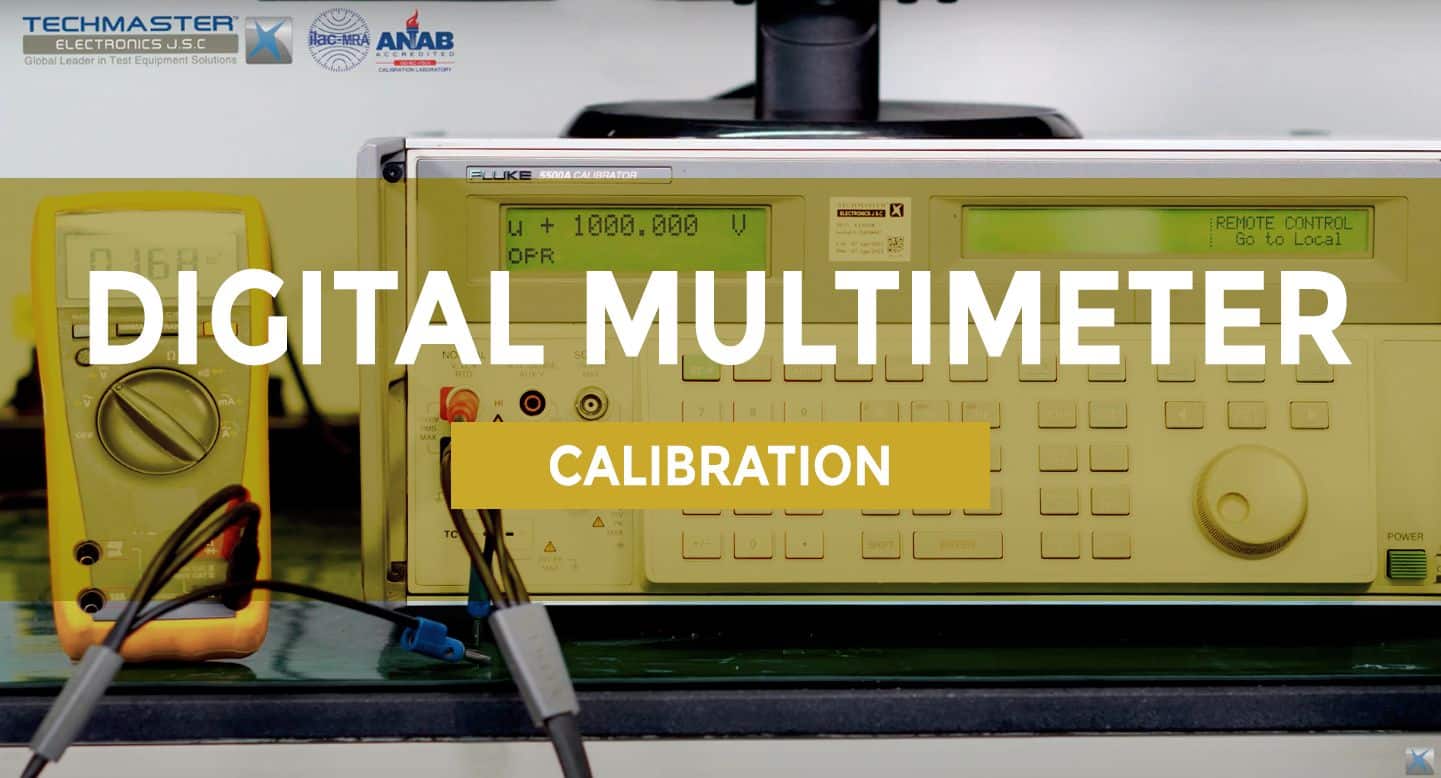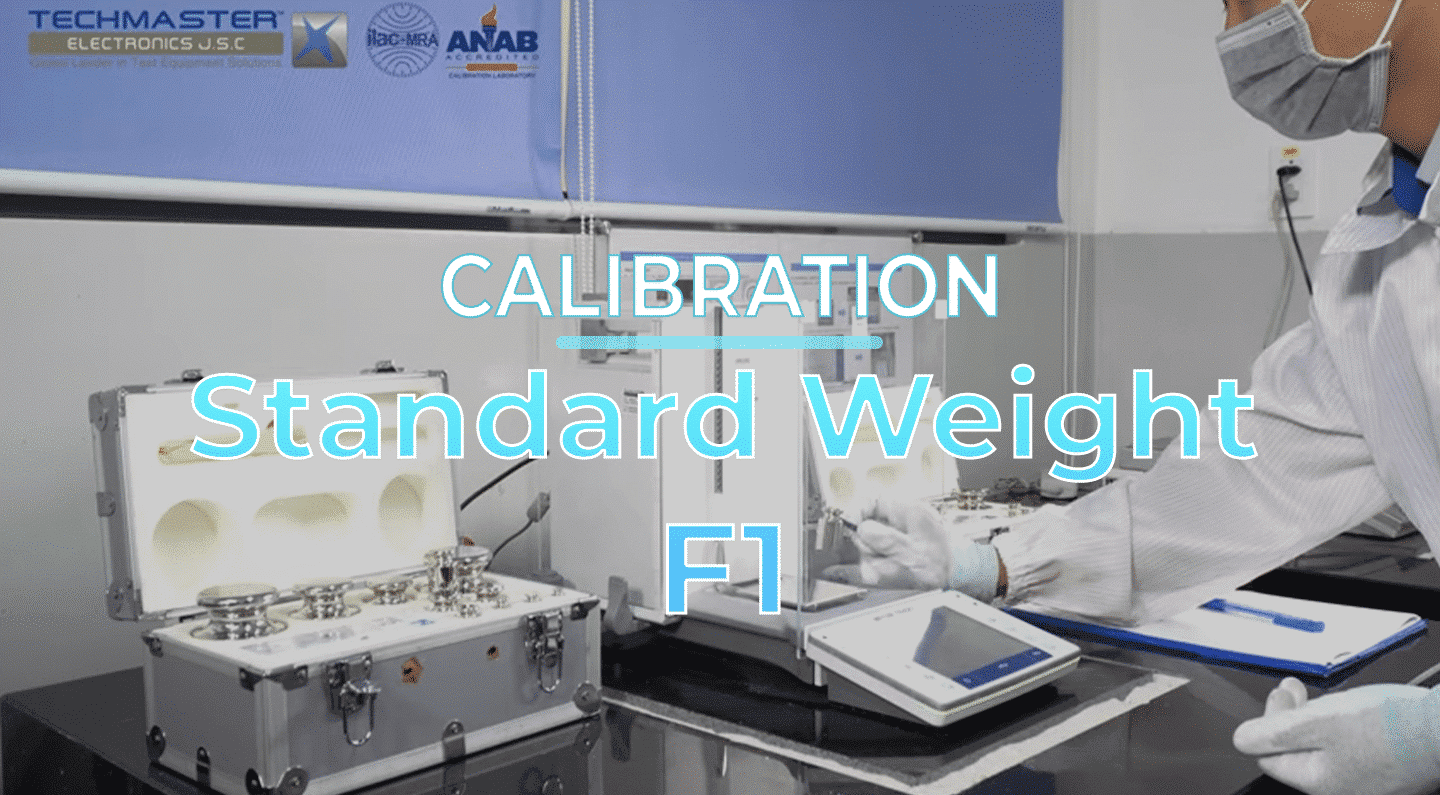Anemometer is a device widely used in the field of environmental monitoring, as well as applications related to clean rooms, biological safety cabinets, etc. Calibration of anemometers is a job that needs to be done. periodically to ensure the device is always operating stably.
1. What is anemoter ?
An anemometer is an instrument that measures wind speed and wind pressure. Anemometers are important tools for meteorologists, who study weather patterns. In addition, anemometers are also used in other fields such as: HVAC system design & construction, clean room appraisal, biological safety cabinet appraisal, …
2. Types of anemometers
Currently, anemometers have a variety of models, but are usually popular with 3 types of probes as follows: Vane Probe, Hot wire probe, Pitot tube.
– Vane probe: Is a type of wind meter that measures wind velocity and volumetric flow. You measure wind velocity by first facing your Vane Anemometer towards the source of the wind. Wind speed is usually calculated on a vane anemometer by a rev counter on the wind turbine unit.
– Hot wire probe: A Hot Wire Anemometer Probe is an instrument for measuring velocity and direction of fluid (in this case air) by measuring heat loss of an electrically-heated wire placed in the air stream. When placed in an air stream the heat is transferred from wire to the air and the temperature of wire reduces. Resistance of the wire measures the flow rate of the air.
– Pitot tube: Basically a differential pressure (d/p) flow meter, a pitot tube measures two pressures: the static and the total impact pressure. The magnitude of the pressure differential is proportional to the airflow velocity.
3. Anemometer Calibration Process
3.1 Why Anemometer Calibration?
Anemometer is an important measuring device that requires high accuracy. Therefore, calibration of this device is extremely necessary. As it will help ensure stability and accuracy for related operations. Besides, the calibration also helps to detect equipment failures (if any) early for timely correction and repair.
3.2 Calibration instrument – Anemometer Calibration
– Wind Tunnel OMEGA, Jet Stream 500 or other wind tunnel with range up to 45 m/s.
– Reference Anemometer: Kanomax Anemometer
– Unit Under Test ( UUT): Kimo VT115
3.3 Environment conditions
– Temperature: (20 ÷ 25)ºC
– Relative Humidity: (20 ÷ 65)%RH
Note: environment conditions above apply for Techmaster inhouse laboratories. Outside this bound conditions will be considered with customer for uncertainty and measurement results.
3.4 Preparation – Anemometer Calibration
– Visual inspection to determine compliance of the UUT with the requirements specified in the technical documentation for shape, dimensions, display, power used, markings, accessory and status check normal operation of the UUT.
– Turn all on, allow warm up at least 30 minutes or follow manufacturer’s instruction.
3.5 Perform
– Perform test points at: 20, 40, 60, 80 and 100% UUT full range (Max 45m/s). Other test points within this range can be done follow customer’s requirement.
– Put UUT probe and standard anemometer probe in Wind Tunnel Chamber.
– Press zero button and measure button on UUT and STD meter, if needed.
– Start generate velocity from Wind Tunnel, until STD meter reach the first test point.
– Allow for stable reading, record value of UUT and STD meter. Repeat 5 times.
– Repeat above steps for remain test points.
– Turn off UUT and STD meter, take out of all components above.

